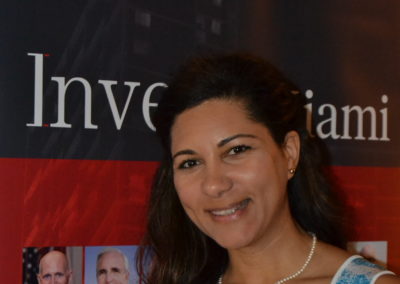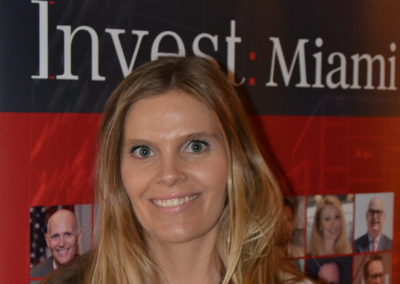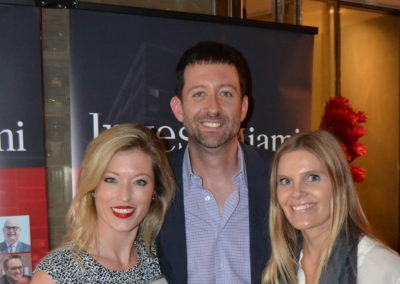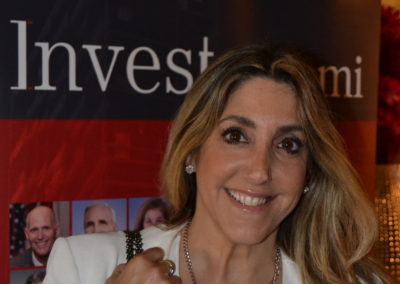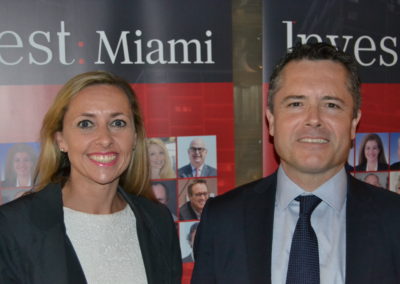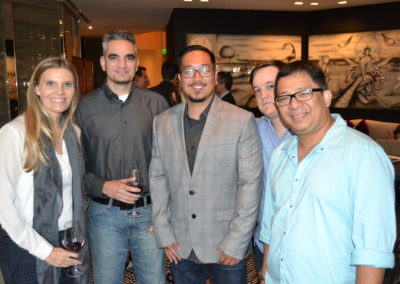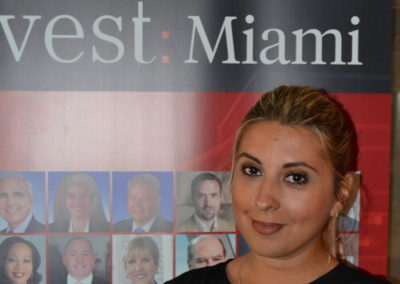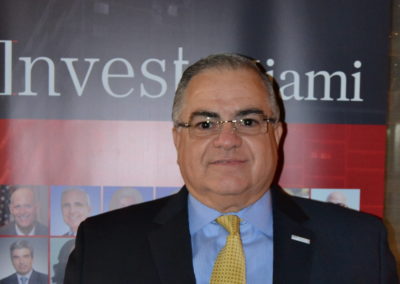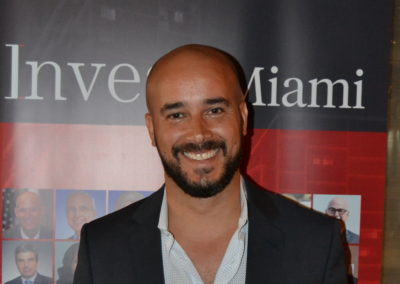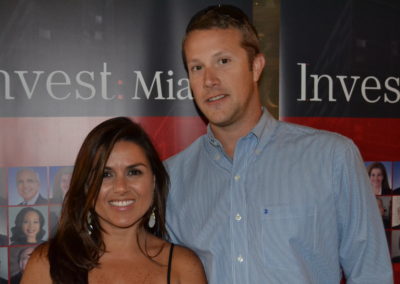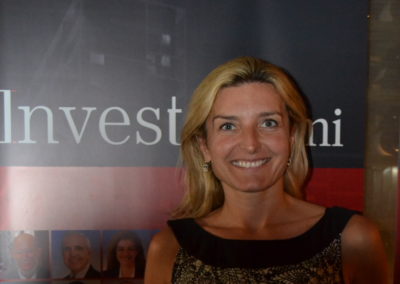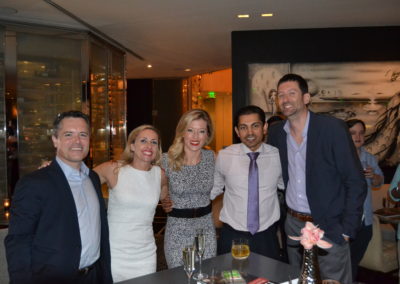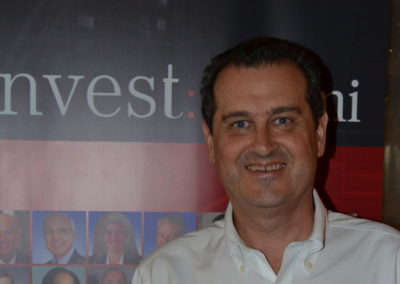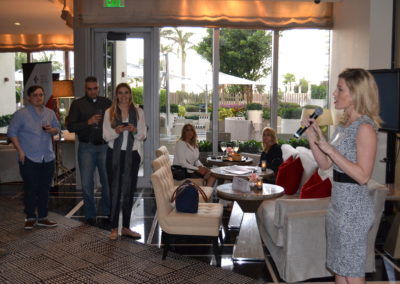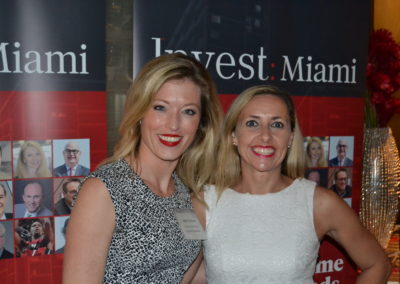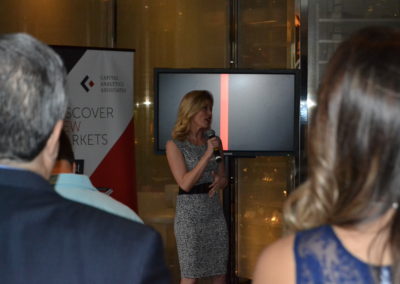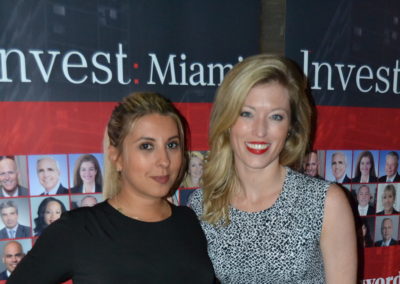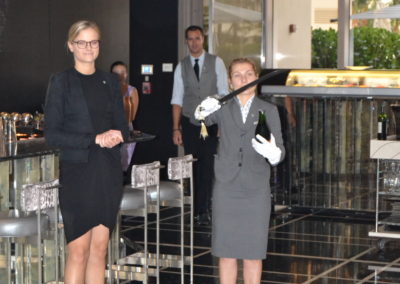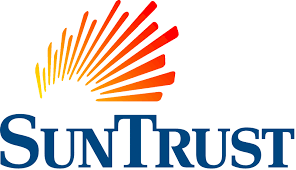
Middle-market and small businesses are changing their growth strategies as they move forward with plans to ramp up expansion over the next five years, according to SunTrust Banks Inc.
The Atlanta-based bank’s (NYSE: STI) Business Pulse Survey reported 36 percent of middle-market companies with annual revenue of $10 million to $150 million are exploring mergers and acquisitions, up from 25 percent 2015.
Middle-market and small businesses are changing their growth strategies as they move forward with plans to ramp up expansion over the next five years, according to SunTrust Banks Inc.
The Atlanta-based bank’s (NYSE: STI) Business Pulse Survey reported 36 percent of middle-market companies with annual revenue of $10 million to $150 million are exploring mergers and acquisitions, up from 25 percent 2015.
Jeffery Mortimer, director of Investment Strategy for BNY Mellon Wealth Management (NYSE: BK) and the former chief investment officer of Charles Schwab Investment Management Inc., said even though 2014 was a good year in the M&A market, on a national level 2015 was much more mixed.
However he noted, middle-market M&A activity nationally saw a 14 percent volume drop in 2015, while the Southeast had a small increase in deal volume.
How transit solutions are being devised for a geographically challenging metropolis
Alice N. Bravo Director – Miami-Dade County Department of Transportation & Public Works
What are the unique factors that shape transportation development in Miami-Dade?
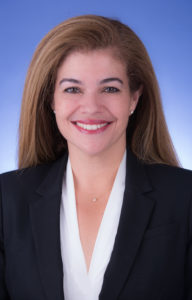 Congestion is a national issue, but it plays out differently at the local level. We have to provide our own solutions, and, thankfully, we have amazing assets: our Metrorail system, the free downtown people mover, and an expansive bus system that all together move nearly 350,000 people per day. As to unique factors, I think our geography provides some challenges. For example, Downtown Miami is on the water and we have to work with bridge systems. Moreover, Miami-Dade— bordered on the west by the Everglades and on the east by the ocean—is highly land-constrained. For transit purposes, the fact that our development is constrained to north-south is actually a benefit. We are fortunate we are not like, say, Denver, which doesn’t have natural boundaries that limit how far from the city center a person can live as the more remote someone finds themselves, the greater the challenge to provide a viable transportation option.
Congestion is a national issue, but it plays out differently at the local level. We have to provide our own solutions, and, thankfully, we have amazing assets: our Metrorail system, the free downtown people mover, and an expansive bus system that all together move nearly 350,000 people per day. As to unique factors, I think our geography provides some challenges. For example, Downtown Miami is on the water and we have to work with bridge systems. Moreover, Miami-Dade— bordered on the west by the Everglades and on the east by the ocean—is highly land-constrained. For transit purposes, the fact that our development is constrained to north-south is actually a benefit. We are fortunate we are not like, say, Denver, which doesn’t have natural boundaries that limit how far from the city center a person can live as the more remote someone finds themselves, the greater the challenge to provide a viable transportation option.
Finding transit solutions is a leading agenda item for the county. What are your department’s top priorities?
We want to ensure our transportation system is clean, safe and reliable. Another goal is improving convenience, and this is being done through adjusting existing routes using data analysis that tells us where the greatest bottlenecks lie. We are also integrating tech solutions to improve signal timing and rider information and developing mobile apps that provide accurate, to-the-minute information of the location and arrival times of buses. While expanding the current infrastructure is part of the long-term solution, this involves decisions that are made outside of our department’s control. For us, it is equally important to increase ridership and utilization of existing assets, not simply adding more to the mix.
How is the department working to increase ridership?
We have hired on team members whose work focuses on “ridership enhancement.” Our marketing initiatives involve developing critical partnerships with key stakeholders—for instance the Miami Downtown Development Authority (DDA), the Greater Miami Convention and Visitors Bureau (GMCVB), local chambers of commerce, as well as corporate entities. We want to spread the message to the public that “hey, you are part of the mobility solution—and what’s more, you can save money and make better use of your time by using mass transit.” Furthermore, we are working to promote the opportunity for employers to join the corporate discount pass program. Employers receive a $130 tax break per participant and can help employees save on parking and ease their commutes.
How transportation companies prepare for the future using the infrastructure of the past
Vincent Signorello, President & CEO – Florida East Coast Industries
What advantages does Florida East Coast Industries (FECI) hold when it comes to Florida’s infrastructure development?
Established more than a century ago by American pioneer Henry Flagler, Florida East Coast Industries is the parent company of many leading real estate, transportation and infrastructure businesses. Our primary assets—namely Henry Flagler’s railroad infrastructure and prime land holdings—laid the foundation for our companies. We are continuing to leverage these unparalleled assets to either promote the businesses that have historically been built around them, or to build new businesses that help contribute to our overall goals.
The Florida East Coast Railway has long been an economic catalyst for the state, strategically moving both people and goods. When it comes to Miami’s logistics sector, what are the growth drivers?
Miami’s advantage in logistics is linked to the fact that its industrial complex is highly connected to Latin America. In fact, a significant amount of the warehousing in South Florida is occupied with many products that are ultimately destined for the region, whether that comes in through PortMiami or other South Florida ports. Miami’s unique position as a logistics hub helps companies like ours expand our industrial footprint. To do this, we are making smart investments in both Latin America and the Caribbean, and also leveraging the hub—that is, we are using Miami-based human resources, technology and ownership of assets to benefit the projects that we develop elsewhere.
FECI is also investing greatly in Florida infrastructure, specifically transit-oriented development. What trends do you see in that space?
The next generation of Floridians want to live, work and recreate near transit. We are actively addressing that demand by developing a network, some of which, like Brightline, is transportation infrastructure, and some of which is real estate infrastructure. From these projects, there are number of lessons. For one, we are financing and executing Brightline without any public funds. Because private entities are concerned with the time value of money and because private projects are less subject to bureaucratic processes that bog them down, such projects can be completed in a more timely and cost-effective manner. For another, our transit-oriented developments capitalize on existing assets, namely rail infrastructure, to build a pedestrian-friendly environment and connect residents and commuters with transit options.




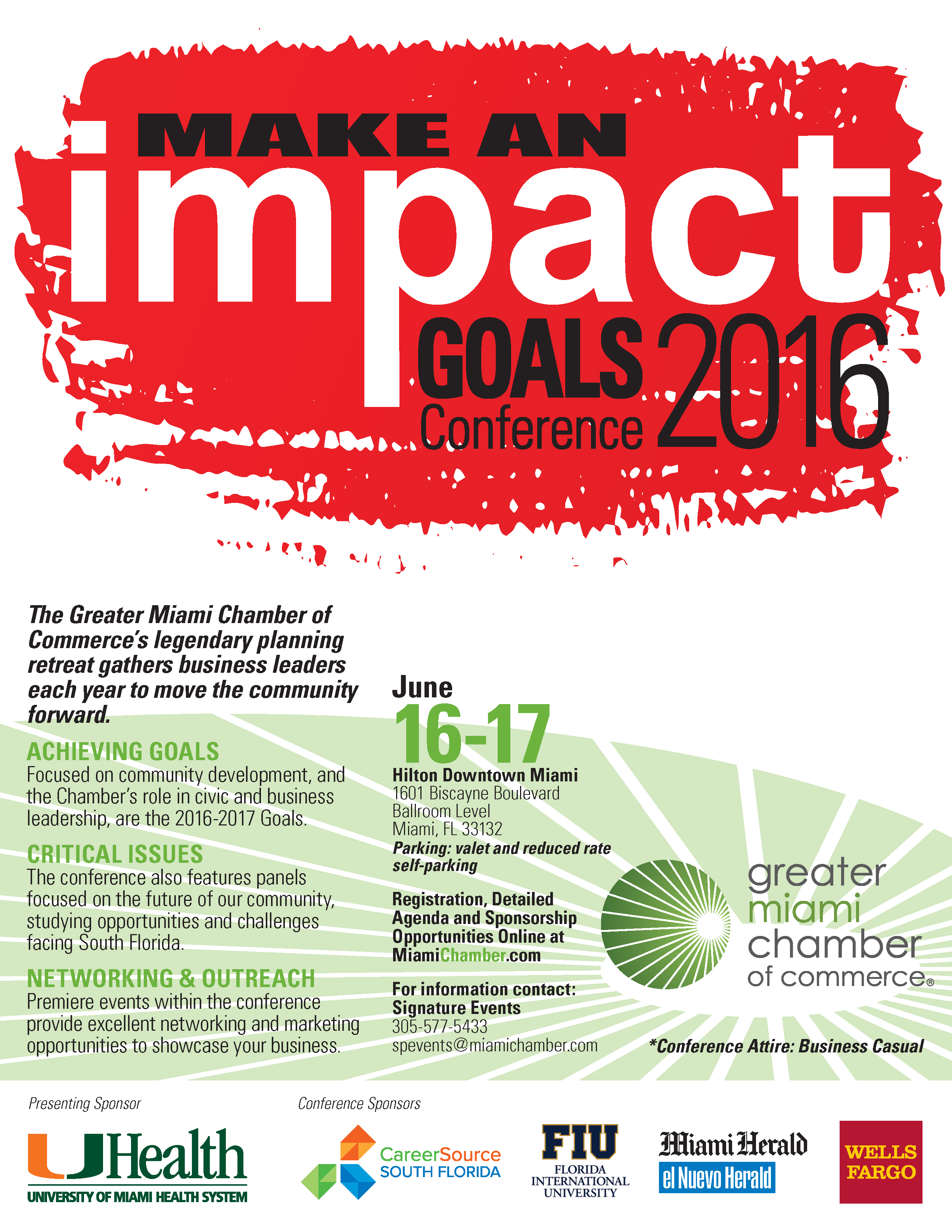
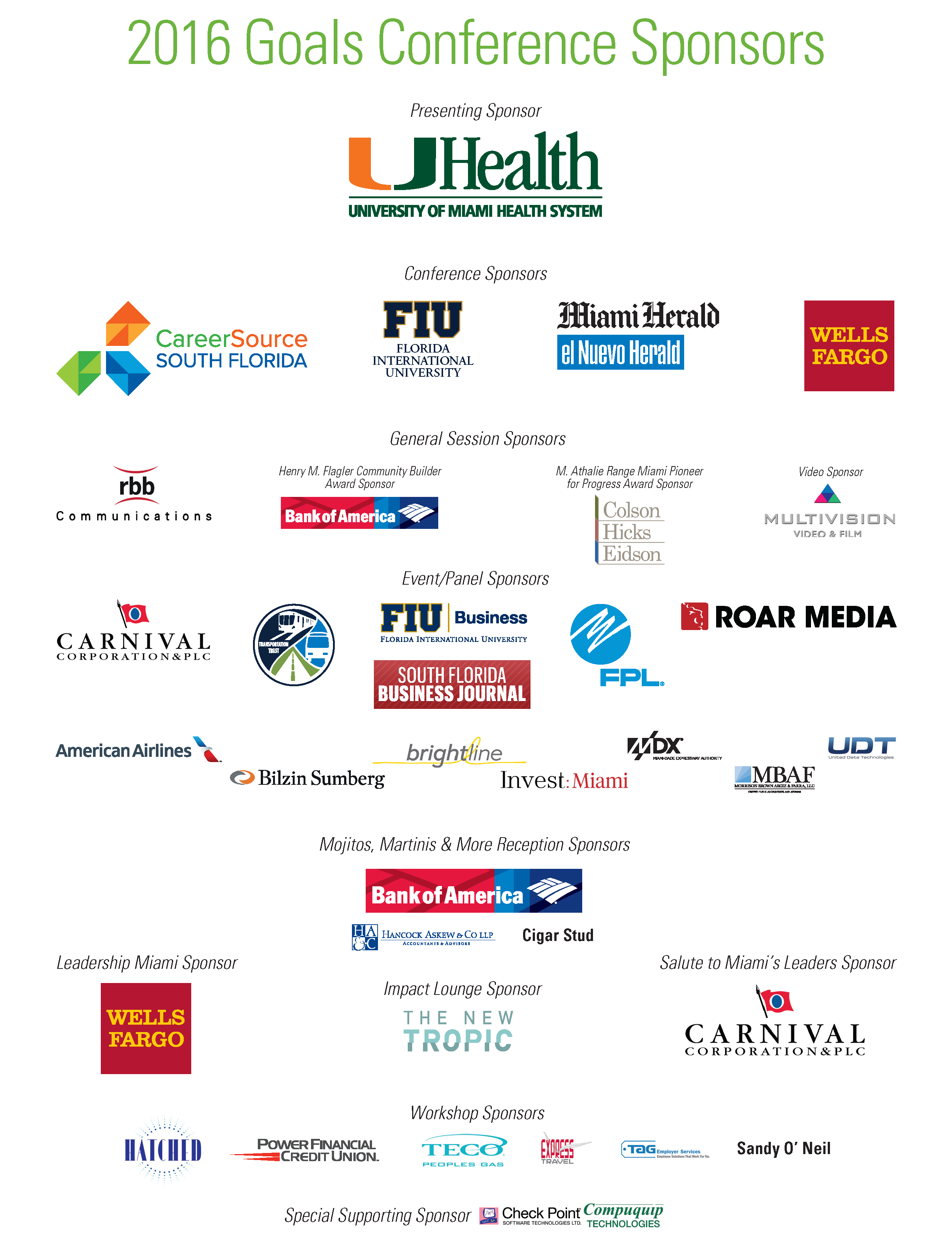
 Congestion is a national issue, but it plays out differently at the local level. We have to provide our own solutions, and, thankfully, we have amazing assets: our Metrorail system, the free downtown people mover, and an expansive bus system that all together move nearly 350,000 people per day. As to unique factors, I think our geography provides some challenges. For example, Downtown Miami is on the water and we have to work with bridge systems. Moreover, Miami-Dade— bordered on the west by the Everglades and on the east by the ocean—is highly land-constrained. For transit purposes, the fact that our development is constrained to north-south is actually a benefit. We are fortunate we are not like, say, Denver, which doesn’t have natural boundaries that limit how far from the city center a person can live as the more remote someone finds themselves, the greater the challenge to provide a viable transportation option.
Congestion is a national issue, but it plays out differently at the local level. We have to provide our own solutions, and, thankfully, we have amazing assets: our Metrorail system, the free downtown people mover, and an expansive bus system that all together move nearly 350,000 people per day. As to unique factors, I think our geography provides some challenges. For example, Downtown Miami is on the water and we have to work with bridge systems. Moreover, Miami-Dade— bordered on the west by the Everglades and on the east by the ocean—is highly land-constrained. For transit purposes, the fact that our development is constrained to north-south is actually a benefit. We are fortunate we are not like, say, Denver, which doesn’t have natural boundaries that limit how far from the city center a person can live as the more remote someone finds themselves, the greater the challenge to provide a viable transportation option.


